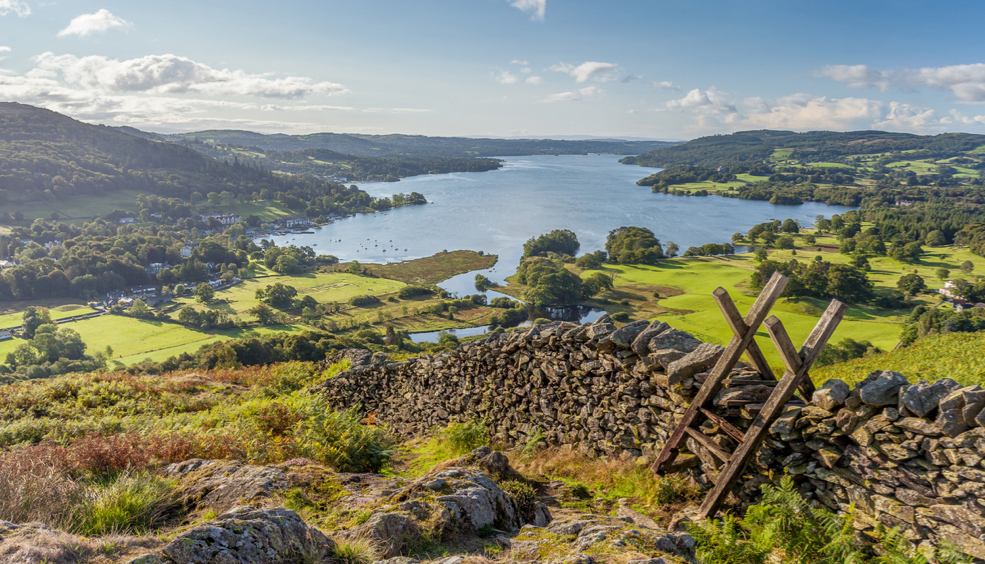Enjoy the spookiest Halloween ever. The best destinations in Europe!
Celebrate Halloween in one of the cities that we suggest in this post. If you love dark tourism and all things spooky, don’t miss these fang-tastic plans for 31 October (and the days around it!).
more infoThe best national parks in Europe
Europe is home to a constellation of spectacular national parks, some of them UNESCO world heritage sites. Grab your boots, we're leaving!
more info4 reasons to get away to Majorca in spring
Majorca is one of the most popular tourist destinations in the world. And it comes as no surprise, because it offers endless attractions. But if you prefer to stay away from the crowds, it’s better to travel out of season. Spring is a great time to go as it is mild, doesn’t rain much and there are fewer tourists about. Find out the best things to see in the largest of the Balearic Islands, and you won’t need a swimsuit!
more infoTwo Days in Valencia: What to See and Do
Here are six plans for a two-day break in Valencia. We include a bit of history, a bit of sun and sand, a bit of gastronomy and a bit of culture. A well-rounded break!
more info




